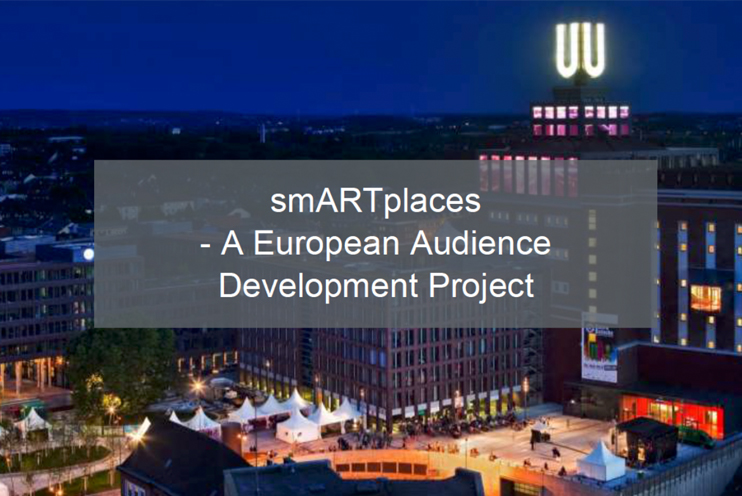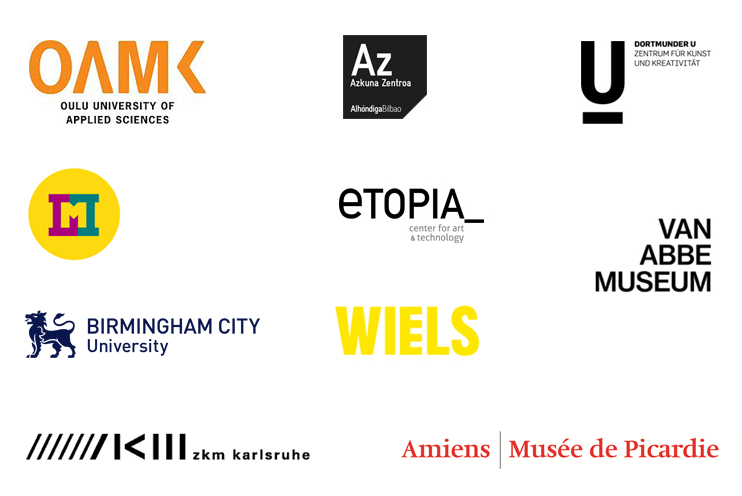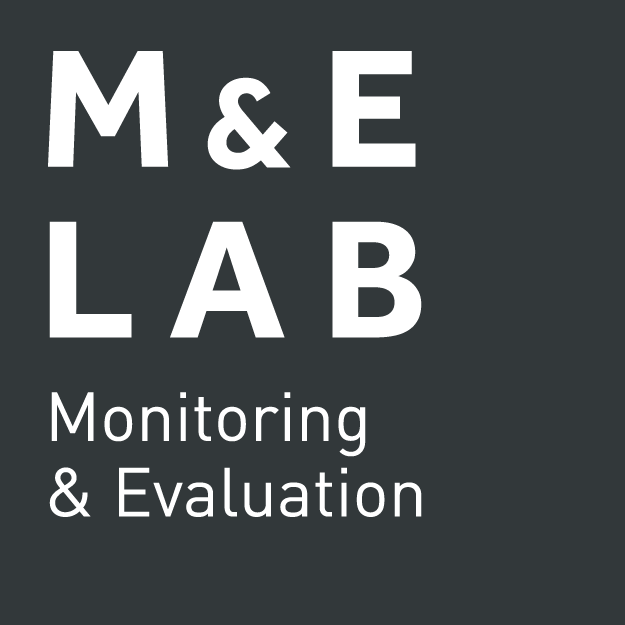smARTplaces
Overview:
smARTplaces (SP) aimed to revolutionize the way culture and art can be perceived and consumed, using digital technology and new forms of cultural mediation. A partnership of eight museums alongside research partners BCU and University Oulu, the project exploredd new approaches to audience development and engagement, co-creation, capacity building within the institutions, international exposure of art exhibitions and new creative works. With a coherent and multi-layered use of digital technologies, adaptive storytelling concepts, joint exhibitions and on- and offline activities, the partnering institutions became smARTplaces, enabling them to communicate with and engage audiences across Europe.

Methods:
BCU took the role of research institution for this long-term project, responsible for originating and implementing research methodologies and, through M and E Lab, the evaluation of the smARTplaces project against key criteria. While the M and E team in their evaluation role worked at some critical distance from other research activity BCU staff were involved in, it is worth noting across the board our extensive experience of audience research and understanding of digital cultures and knowledge exchange methodologies to gather and disseminate project data. As with many of our projects, our evaluation process focused on those partners where transformation was hoped for, in this case the eight museums, and their wider beneficiaries and audiences.
This project, and our involvement throughout, allowed us to determine ‘starting positions’ in those institutions, to then benchmark against as the project progressed. This allowed the project team to adjust methods or approach accordingly, as well as evaluating the contribution of the work against project aims. These evaluative processes included interviews with partner organisations and audiences during events, but also assessed quantitative change such as increased or diversity of audiences.
Outcome:
As evaluators, we took an integrated approach from the outset to produce iterative research evaluations capturing and disseminating findings regarding practice, manifested in blog dispatches, social media activity and interim reports. This open and accessible approach to evaluating the effectiveness and impact of research was in itself impactful in ways that are conducive to the project’s themes of public engagement. Such reports and evaluation of project activities were disseminated to stakeholders, cultural and academic networks in ways appropriate to those parties e.g. conference presentations, and through production of a final project ‘toolkit‘.



